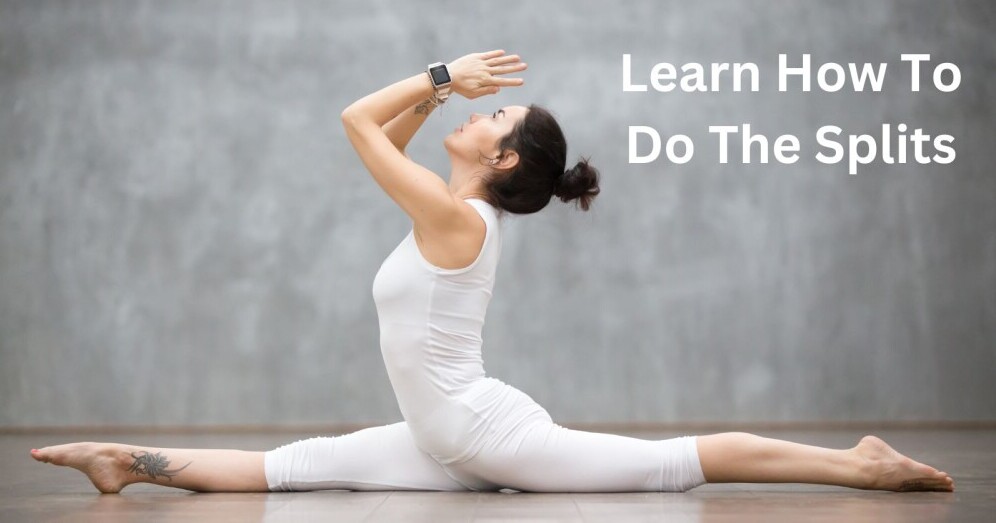If you want to learn how to do the splits, you need to know something about the different types of splits and whether or not your body will allow you to perform the splits safely.
This article is adapted from the Easy Flexibility website. I avidly follow these stretching methods and own quite a few of these courses that I have collected over the past few years.
There are three different types of splits:
If you are just starting out learning how to do a split, you are probably wondering what type of splits exist. Well, there are three basic types of splits that beginners are interested in. These 3 basic splits are:
- Open Front Split, also known as Turned Out Front Split
- True Front Split, also known as Hanumanasana, Hip Squared Front Split
- Side Split, also known as Sideways Split, Middle Split, Straddle Split, Center Split, Box Split.
Side Split
Let’s first talk about the Side Split. A Side split, also known as a middle split, center split or box split will have you:
- Sitting on your glutes with your legs out to the sides.
- Your toes are pointing up.
- And hips rotated out
This is the most common type of split. There is another variation of the side split, which will have you sitting with your toes pointed forward.
True Front Split
There are two types of front splits. One is called a True Front Split. The other is an Open Front Split.
A True Front Split is also known as a Hips Squared Front Split. This type of front split is what most Gymnasts would want to learn. A True Front Split will have you:
- Sitting with one leg forward and one leg back
- The hamstrings and glutes of your front leg will be in contact with the floor.
- Your quadriceps, as well as your instep and your kneecap, will be in contact with the floor.
- Your torso is naturally facing the front leg.
- There’s no rotation in your spine.
- Your body is simply naturally facing forward.
Open Front Split
Now, let’s talk about the Open Front Split. An Open Front Split is more common in dance or ballet, for example. This type of split will have you:
- Sitting on the floor with hips open.
- One hip behind the other hip.
- Your front toes are pointing up.
- Your rear kneecap will not be down like in the True Front Split. In an Open Front Split, your rear kneecap will be out to the side.
- In this type of split, it is not your quadricep that is making contact with the floor but the inside of your knee and possibly your inner thigh.
Learn How To Do The Splits
Now that you are aware of the three types of splits that exist, let’s talk about how to learn to do the splits.
It is very common for most stretching instructors trying to teach you how to do the splits to demonstrate a split and then ask you to assume the position of the split that you are trying to learn.
The Easy Flexibility system of stretching is completely different as they use a specific approach, which is a combination of muscle isolation and proprietary Zaichik Stretching Techniques.
Standard methods of learning how to do the splits: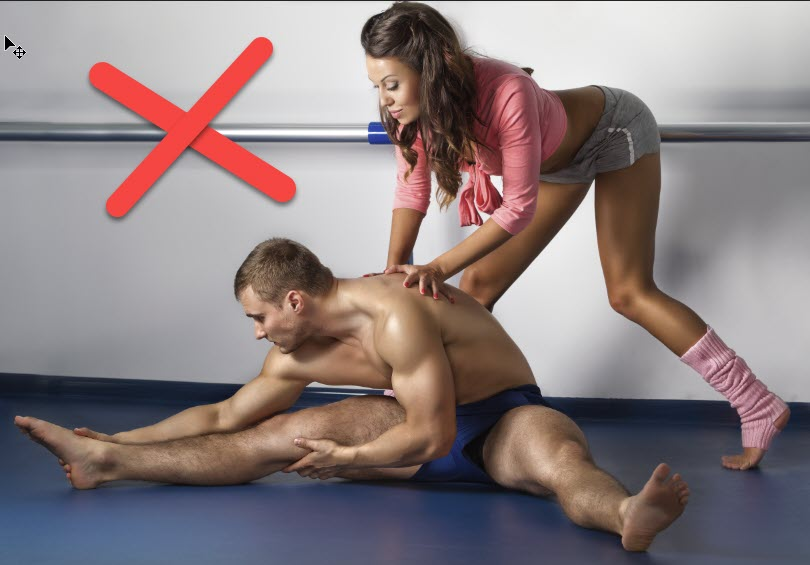 What you will find offered by various stretching instructors out there is a standard stretching approach of forcing your body into a split. You will find this case scenario very common.
What you will find offered by various stretching instructors out there is a standard stretching approach of forcing your body into a split. You will find this case scenario very common.
Let’s take learning to do a True Front Split, for example.
The instructor will demonstrate a True Front Split and then ask you to assume that position. Of course, since you are just starting out, your split will look nothing like the instructors. Most likely, you will be high off the floor with your front and back legs bent at the knee and won’t be able to go further into a split. The instructor, however, will have you hold that position, hoping that eventually, with a little bit of luck and some miracles, you’ll drop into a split. Or worse, they will physically try to force your poor muscles into a split, which most of the time will result in pain and injuries. This is a very basic very primitive approach. However, it is still practiced by various instructors.
A slightly better approach is to focus on the front leg by itself and then the back leg by itself. Still other instructors will take learning a split a little bit further by using the various modalities such as PNF. Where they will ask you to contract your muscles and then release them and try to go deeper into the split. This has been considered a new method of training for decades.
Then, there is another approach to learning how to do the split. I see this very commonly in Martial Arts schools. Where students would sit in a straddle and they would stretch to one leg touch, to another leg, and then forward. Then try to get deeper into the split. This is a little bit better approach because, at least there is some isolation to the muscles. This approach works better than simply trying to push down into the split without doing anything else.
Is there a better, easier, faster, and safer way to learn how to do the splits?
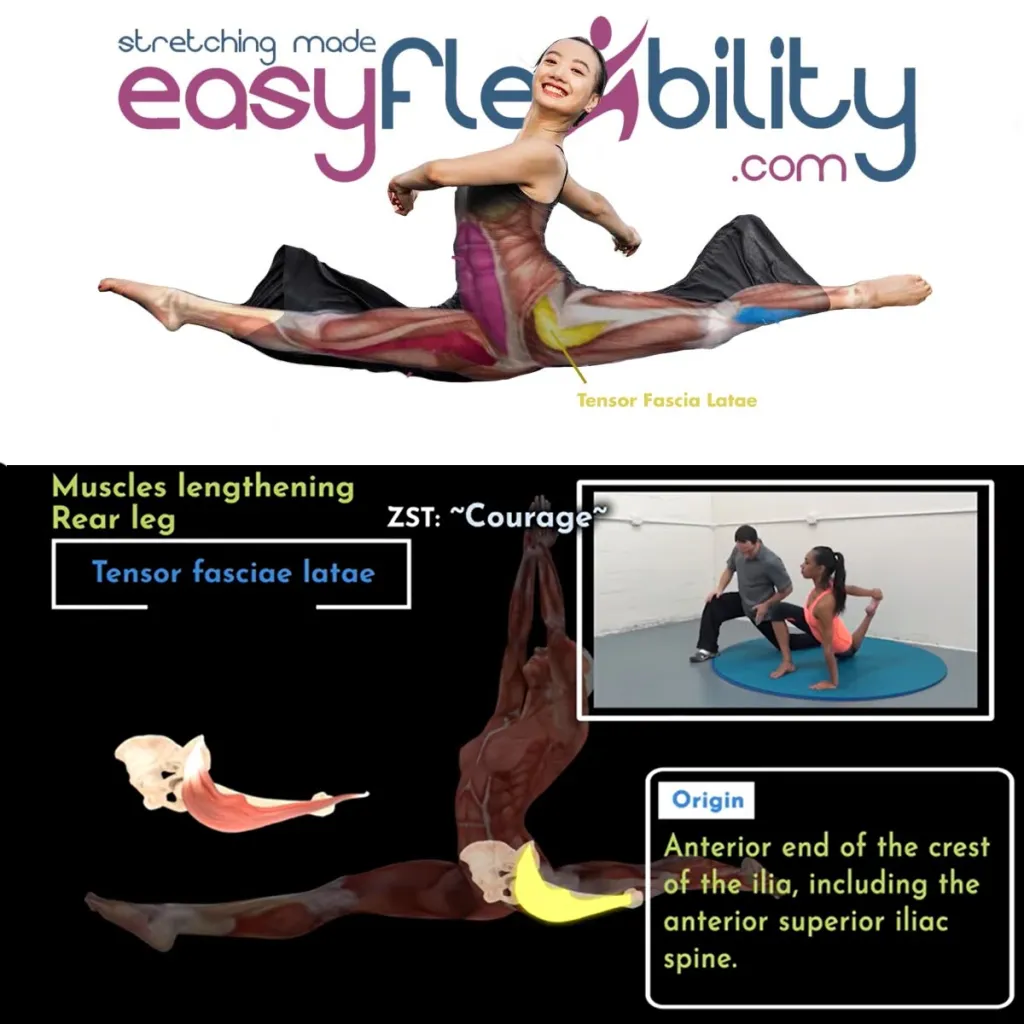 In the EasyFlexibility system of stretching they understand that if only one muscle is tight, this one tight muscle will be the culprit to you not doing a split! Therefore, using outdated methods of stretching multiple muscles at the same time will fail, and you will not get your split that way, no matter how long you keep forcing yourself into a split.
In the EasyFlexibility system of stretching they understand that if only one muscle is tight, this one tight muscle will be the culprit to you not doing a split! Therefore, using outdated methods of stretching multiple muscles at the same time will fail, and you will not get your split that way, no matter how long you keep forcing yourself into a split.
With the Zaichik Stretching Techniques (ZSTs) we isolate each muscle. The exciting thing about the ZST is that it is not just for muscle isolation. It is also a very quick way to go deeper into the stretch by getting around the stretch reflex.
If you’re not familiar with the stretch reflex, it is triggered when the muscle contracts. This prevents you from going deeper into the stretch.
ZSTs go around the stretch reflex so that there is no pain and there’s no resistance. What’s more, with this system of stretching at each training session, you don’t start from square one. Every time you train with this program, you will not only gain flexibility, but you will also get to keep your flexibility gains until your next session. This means that you will get a little bit deeper into your split at each workout!
The reason that you are able to retain your flexibility is because we use special flexibility and strength supporting exercises with the Zaichik Stretching Techniques. This allows you to retain your flexibility and apply it to your target sport.
The benefits of this system include the following:
- Unique muscle-by-muscle isolation stretching techniques.
- Fast Progress.
- Permanent Results.
- No Pain.
- No Injuries.
- Flexibility & Strength combined.
- For all ages.
- 30 – 40 minute workouts, 2 – 3 times a week.
- All videos contain subtitles.
- Train at home. At your pace. From any device.
- Instant Access.
- No hidden fees. No strings attached. No surprises.
Click Here To Find Out More.
In each program, you will learn:
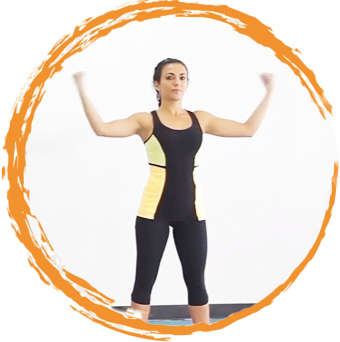 Mobility ExercisesMobility exercises for each joint, to keep your joints healthy and lubricated.
Mobility ExercisesMobility exercises for each joint, to keep your joints healthy and lubricated.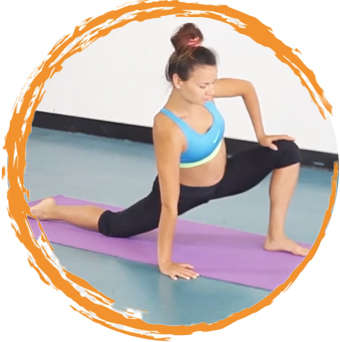 Skill Specific WarmupSkill-specific warmup exercises to gradually prepare your body for a split.
Skill Specific WarmupSkill-specific warmup exercises to gradually prepare your body for a split.
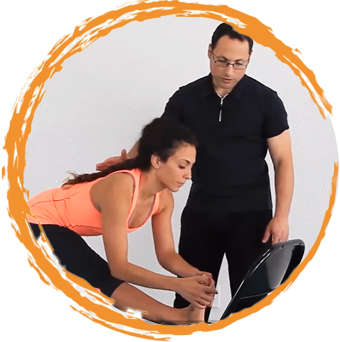 Zaichik Stretching TechniquesProprietary stretching techniques for each muscle involved in a split so that your flexibility improves right away without pain.
Zaichik Stretching TechniquesProprietary stretching techniques for each muscle involved in a split so that your flexibility improves right away without pain.
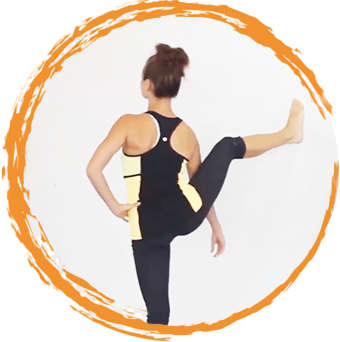 Unique Flexibility & Strength Supporting Techniques. Special techniques that allow you to retain your newly gained flexibility and connect it to your target skill.
Unique Flexibility & Strength Supporting Techniques. Special techniques that allow you to retain your newly gained flexibility and connect it to your target skill.
Ready to get started? Thousands of people worldwide have achieved the same results you’re dreaming about and you can too!

 In conclusion, there are different ways to learn how to do a split, and it is up to you to decide which method of learning how to do the splits you would like to go with.
In conclusion, there are different ways to learn how to do a split, and it is up to you to decide which method of learning how to do the splits you would like to go with.

